Last updated on 2025-09-20
Kyocera CONTAX Gマウントの90mmのレビューと写真作例
目次
ギャラリー
- 写真作例の撮影はSONY α7Sii、HASSELBLAD X2D
レビュー
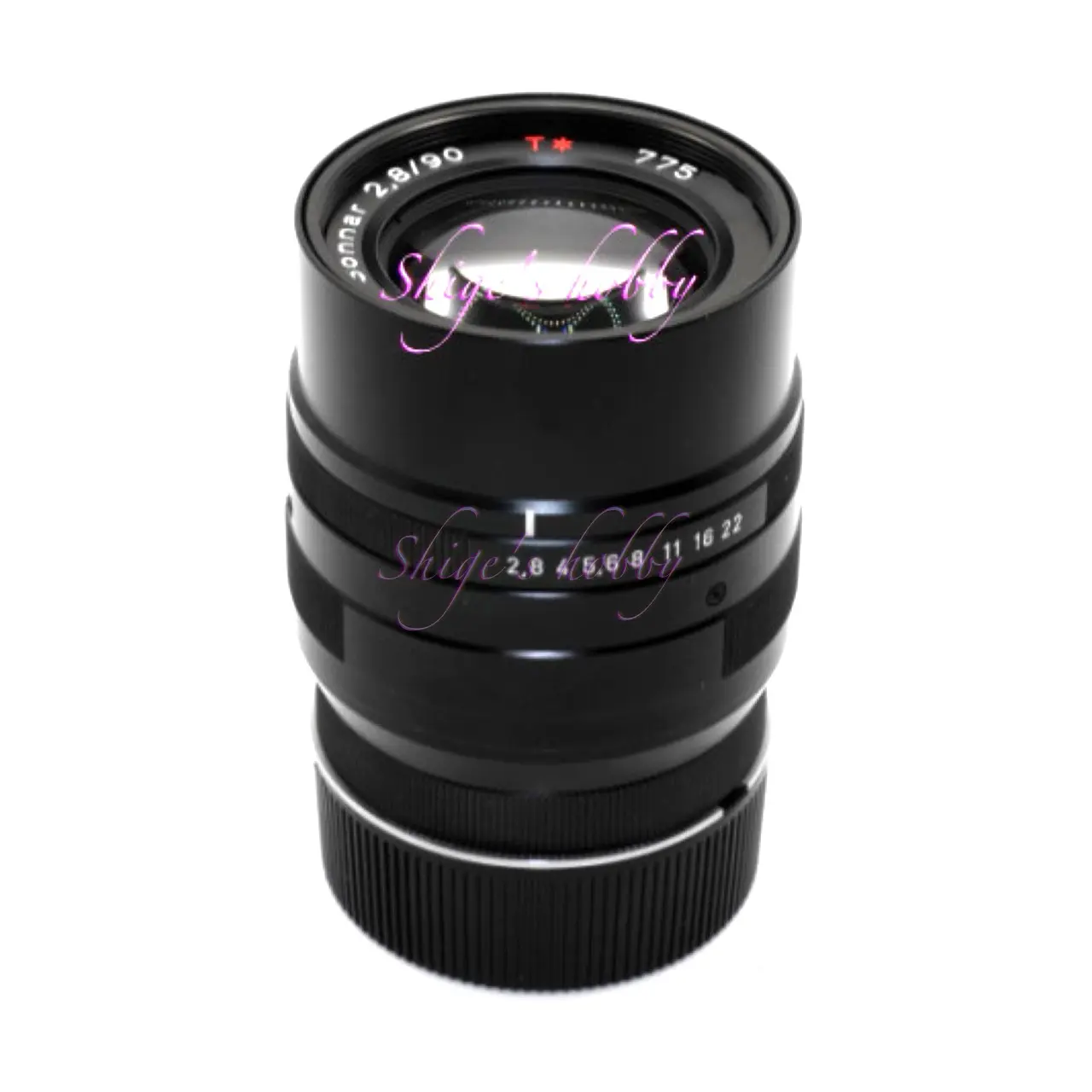
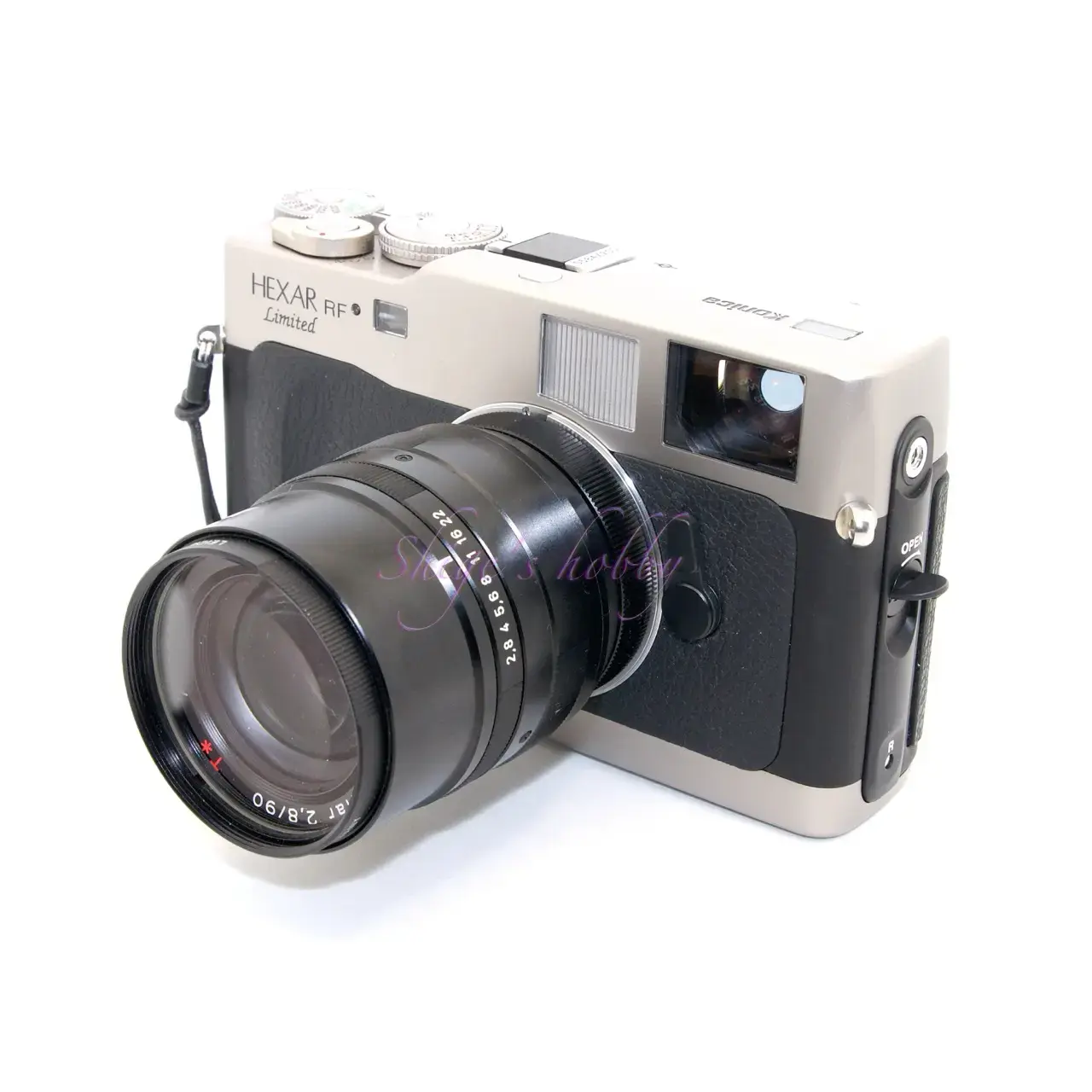
1.概要
ゾナー 90mm F2.8は、1994年に京セラがコンタックス G1とともにリリースしたオートフォーカスレンズ。ここでは、Ms-optics(宮崎光学)にてライカ Mマウント(レンジファインダーカメラ距離計連動)に改造されたレンズについて紹介する。
本レンズは黒色のゾナー90mmを手に入れた際に、MS-Optics(宮崎光学)に依頼して、レンズをLeica Mマウントの距離計連動に改造した。ゾナー 90mm専用の改造部品を使用している。
オリジナルレンズとMs-optics改造レンズの主な違いは以下の3点である。
- フォーカス移動箇所
- オリジナルレンズは外側の鏡筒は固定されており前玉を格納した鏡筒が前後に移動してフォーカスをおこなう、フォーカス時に前枠は回転しない
- 改造レンズはフォーカスリングを回すと、レンズ前部が全体的に回転移動し繰り出されるため、絞りリングを含めレンズ先端が回転する
- 絞りのクリックストップ
- オリジナルレンズは1絞り毎にクリックストップがある
- 改造レンズはF2.8~22まで無段階絞り
- レンジファインダー距離計連動
- オリジナルレンズはGマウントなのでオートフォーカス(以下、AF)
- 改造レンズはライカM型カメラの距離計に連動
最短撮影距は、オリジナルレンズ、改造レンズともに1mである。
以前、チタンゴールドのゾナー90mmの改造を依頼したことがあり、ゾナー90mmのブラック鏡筒版を手に入れて2度目の改造を依頼したら、ちょうど新しいダブルヘリコイドを採用した改造部品ができたタイミングだった。
このダブルヘリコイド版は最初の改造レンズよりも使い勝手が良くなっており、Ms-optics代表の宮崎氏はこの新型の部品はお勧めだとうかがった。
そのときの様子は、新部品を自慢するガンダムにでてくるアムロの父のようであった。このレンズは宮崎氏もこよなく愛するレンズで、改造を依頼した際に旅行などでよく使ったことを楽しそうに語られていたことも印象的だ。
2.使用感
ゾナー 90mm F2.8のレンズ描写は、絞り開放からピント面はしっかりと描写され、前ボケも後ボケもとろけるような描写を楽しめる。露出をアンダーにするとハイライトとシャドーがスパッと落ちる描写も好みだ。
アンダー気味の撮影はSONY α7Siiのセンサーと相性がよいようで、シャドーが黒でつぶれる描写はなかなかドラマチックである。
オリジナルレンズはオートフォーカスでコンタックスG1、G2に装着して撮影すると、撮影時のピント合わせに難があり、使用頻度が低いレンズだった。
このMマウント改造レンズは、M型ライカの2重像合致式ファインダーで満足できるピント精度を持っている。
デジタルミラーレスカメラで使用する場合は、高精細なEVFでさらにピントを追い込むことができ、絞り開放からこのレンズの描写を楽しむことができる。
HASSELBLAD X2Dで使用したところ、3:2クロップにおいて、横11045ピクセル(約98%)残った。ほとんどの部分で使える印象だ。
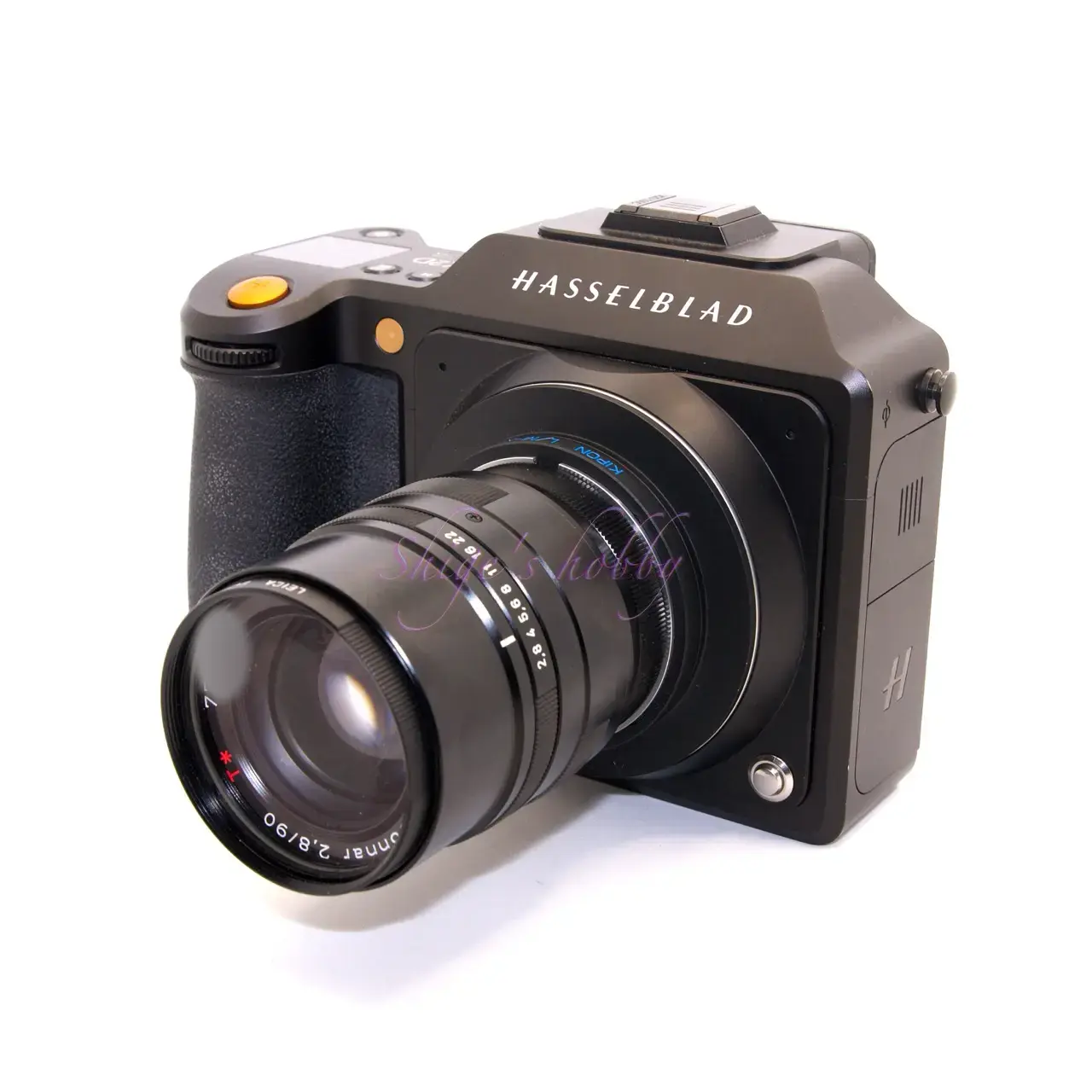
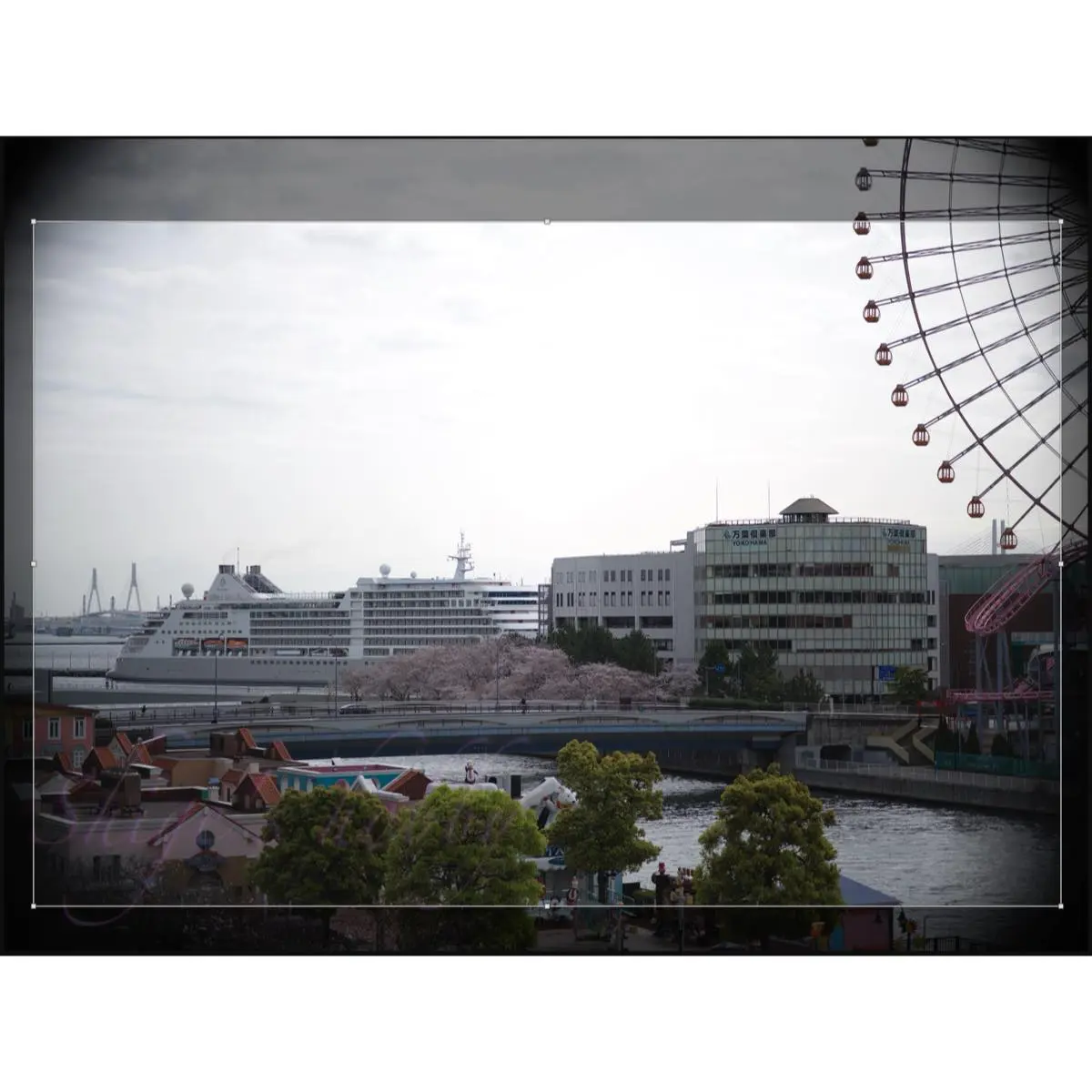
3.まとめ
結論としてゾナー 90mm F2.8をまとめると、オーソドックスな中望遠レンズで絞り開放から満足できる描写をする。絞り開放はピント面が薄くなるため、ミラーレスカメラでピントを追い込むのが無難だ。レンジファインダーカメラを使う場合は、ピント位置の微妙なズレをくせとして把握しておき、撮影時に対応する必要がある。
仕様・レンズ比較
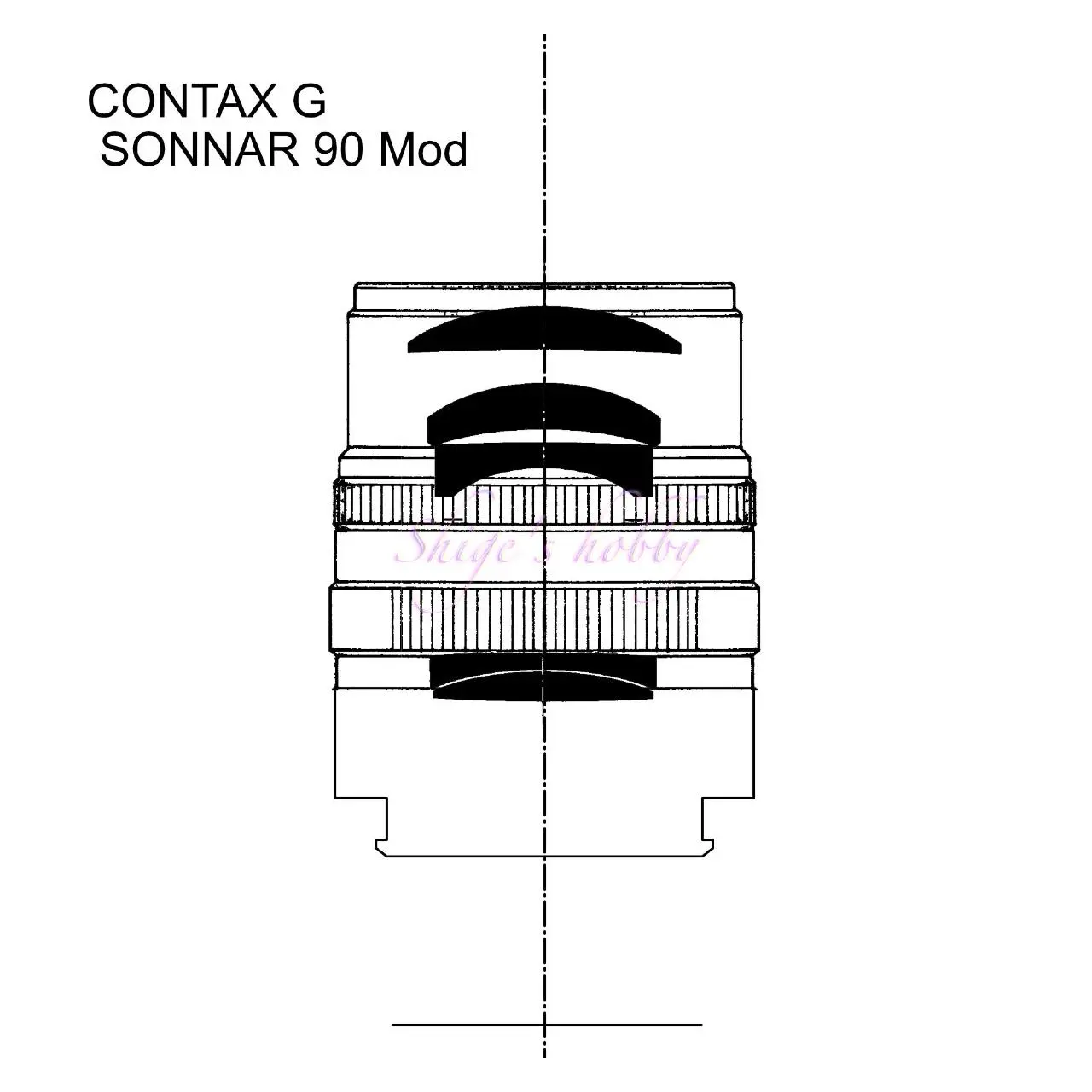
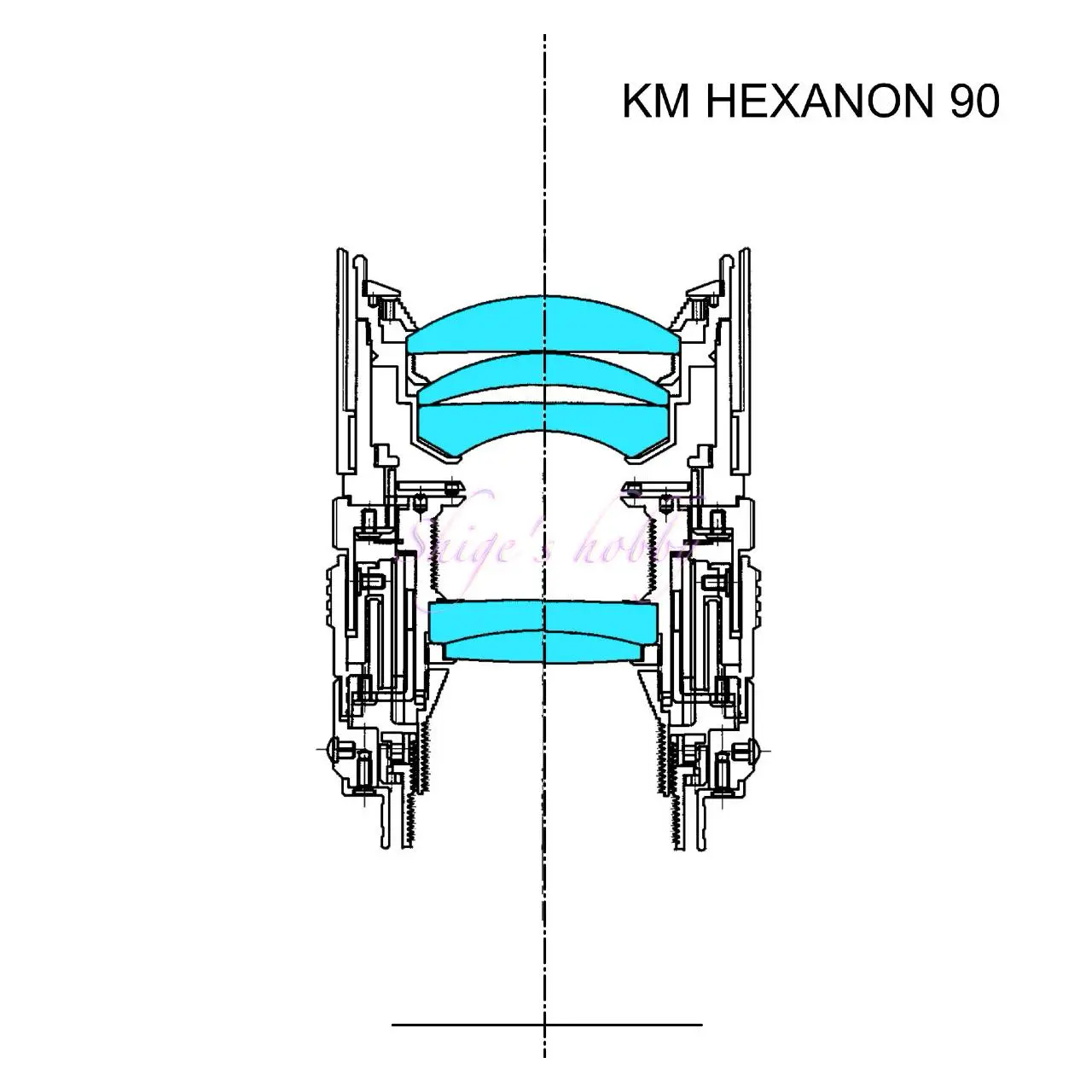
レンズ構成は、エルノスター形式の最後群の2枚を貼り合わせにした発展型である。ゾナー型で有名な50mm F1.5もエルノスター型の発展形なので、ツァイスが本レンズをゾナーと呼んでいることもそれほど違和感はない。
基本的に90mmの単焦点レンズは、ほとんどのレンズで描写が大きく破綻することは少ないため、過去にApo Summicron M 90mm、Summicron M 90mm、Elmarit M 90mm、Macro Elmar M 90mm、KM-HEXANON 90mmなど使ってきたけれど、ライカMマウントレンズで手元に残っているのは本レンズだけだ。
Rマウントは、APO SUMMICRON R 90mmを残しており、APO SUMMICRON R 90mmはゾナー 90mmとは異なる傾向の素敵な描写をする。
手元には90mmの焦点距離はこの2本しか残っていないがこれだけあれば十分だ。ものすごく高価なSUMMILUX 90mm F1.5、最近元気な中華製90mm F1.25は気になる存在ではある。
| 項目 | SONNAR | M ヘキサノン |
| 焦点距離(mm) | 90 | 90 |
| 最大絞り | 2.8 | 2.8 |
| 最小絞り | 22 | 22 |
| 絞り羽根(枚) | 8 | 10 |
| レンズ構成 | 4群5枚 | 4群5枚 |
| 最短撮影距離(m) | 1.0 | 1.0 |
| レンズ長(mm) | 64.2 Mマウント改 | 69 |
| レンズ最大径(mm) | 56 | 55 |
| フィルター径(mm) | 46 | 46 |
| 重量(g) | 240 | 330 |
| フード | GG-3 | 引出式の組込 |
| マウント | ライカM改造 | ライカM互換KM |
| リリース年 | 1994年 | 1999 |
| 価格(定価・税別) | ¥47,000 | ¥75,000 |
参考情報
- WikipediaによるZeiss Sonnarの説明ページ
- Zeiss Photography Historical Products(リンク先ページ中段にCONTAX Gレンズのデータシートあり)
- CONTAX G SONNAR 90mm アマゾン販売サイト(アフィリエイトリンク)
更新履歴
- 2025.5.13
- 2024.7.31
- 2024.2.16:レイアウト更新
- 2024.1.13:ギャラリー追加
- 2023.3.26:初出
広告
- 本サイト表示の広告詳細は本リンク先に記載、本文中斜め文字のリンクはアフィリエイトリンク
- Amazonアフィリエイトリンク・コンタックス
- Amazonアフィリエイトリンク・コンタックス645
- Amazonアフィリエイトリンク・Ms-optics
- Amazonアフィリエイトリンク・コンタックス書籍

Amazon Prime Sale

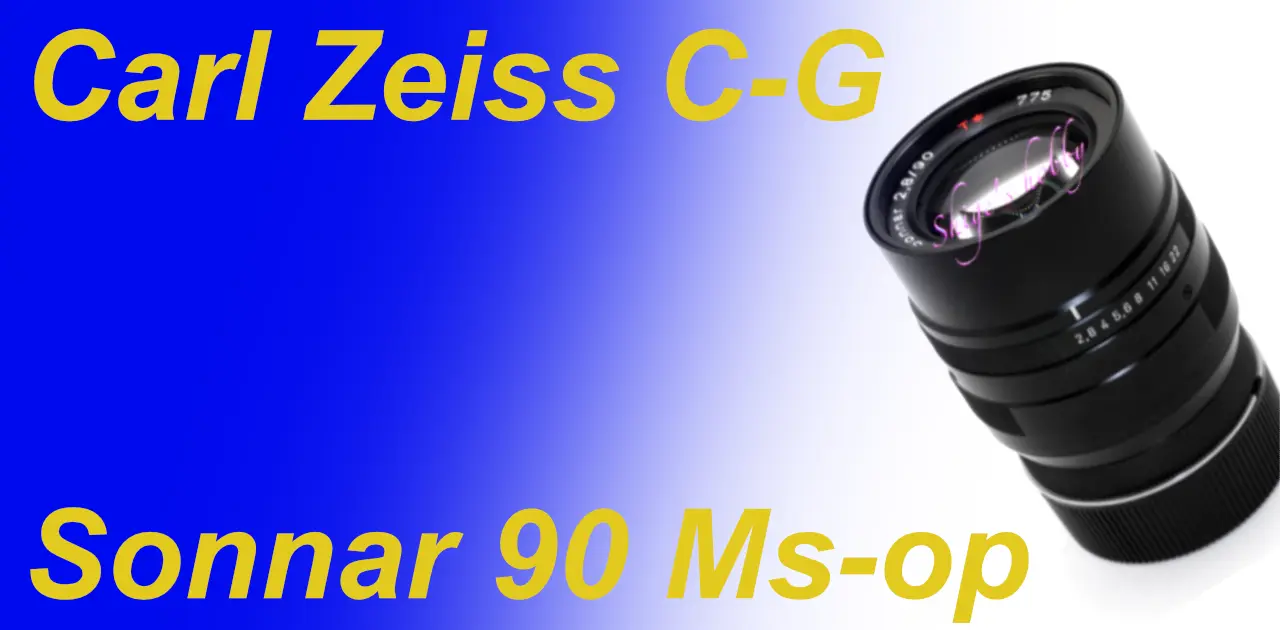

Be First to Comment